Time Passes Slowly in the Quaint Neighborhood of Nishi-Ogikubo
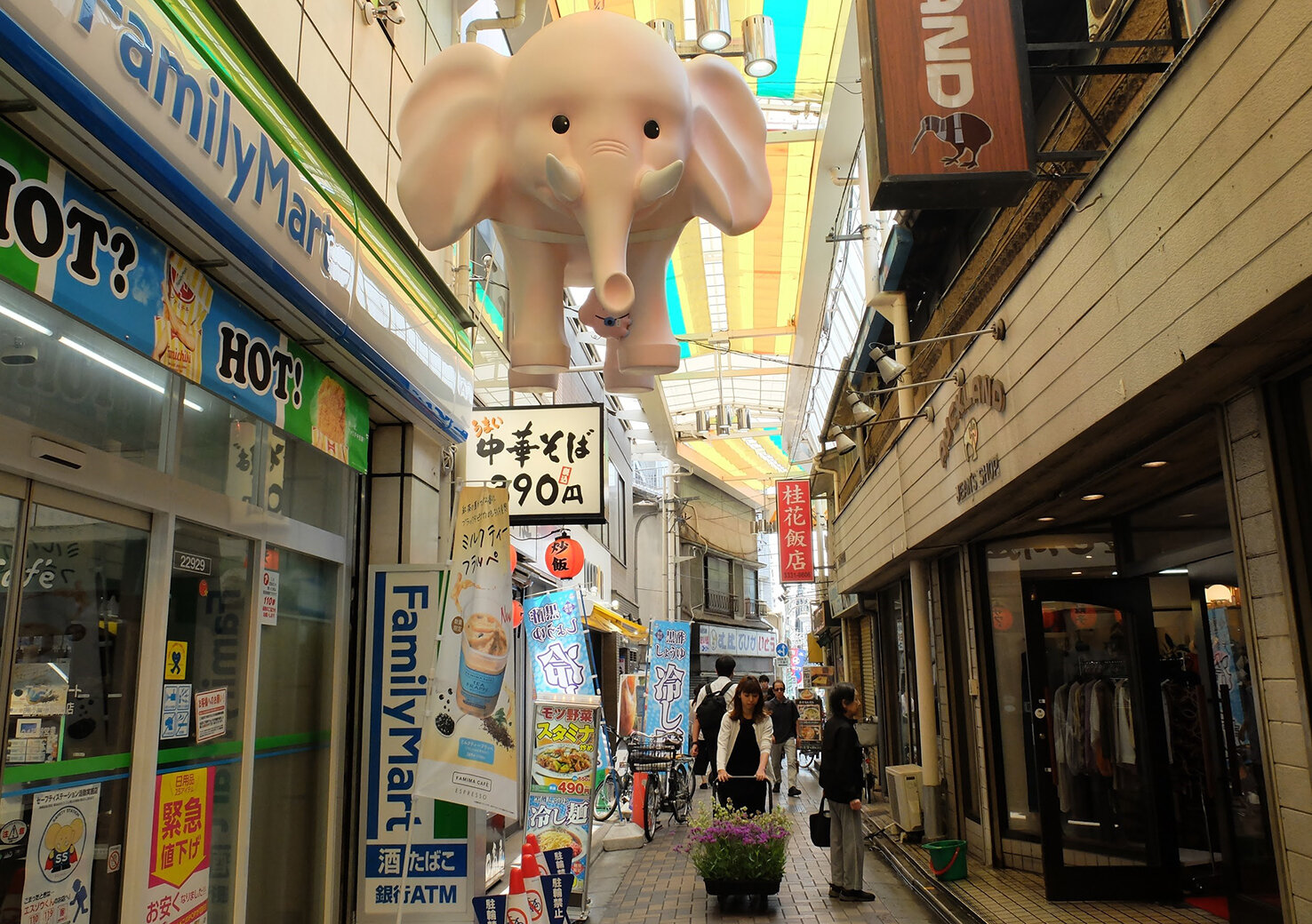
Located on the JR Chuo line, next to Tokyo's most popular neighborhood of Kichijoji, Nishi-Ogikubo is comparatively low-key. However, once you take a stroll through the town, you will realize that it attracts people with unique sensitivities. From the south exit of its train station, you will see the entrance of a shopping arcade, where the town's iconic giant pink elephant is hung from the ceiling. The arcade connects to a street known as the Otome Road. Literally meaning "Maiden Road," it stretches toward Itsukaichi Kaido, where many reputed restaurants and cute shops that target female visitors are popping up. Another street that runs north-westward from the north exit is lined with dozens of antique shops. As unique cafes, general goods shops, and finely selected food stores are scattered across the town, you are bound to have a one-of-a-kind encounter.
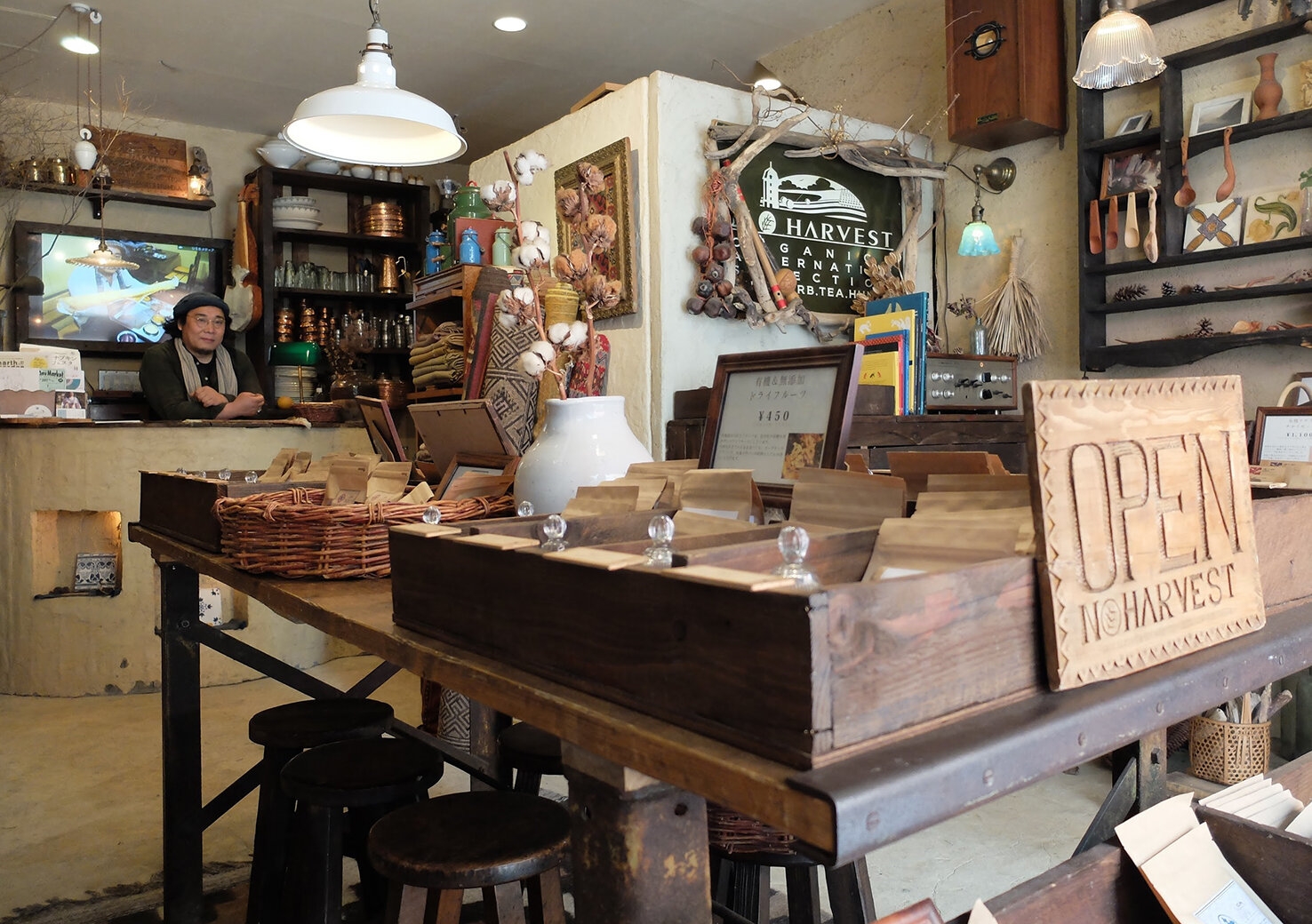
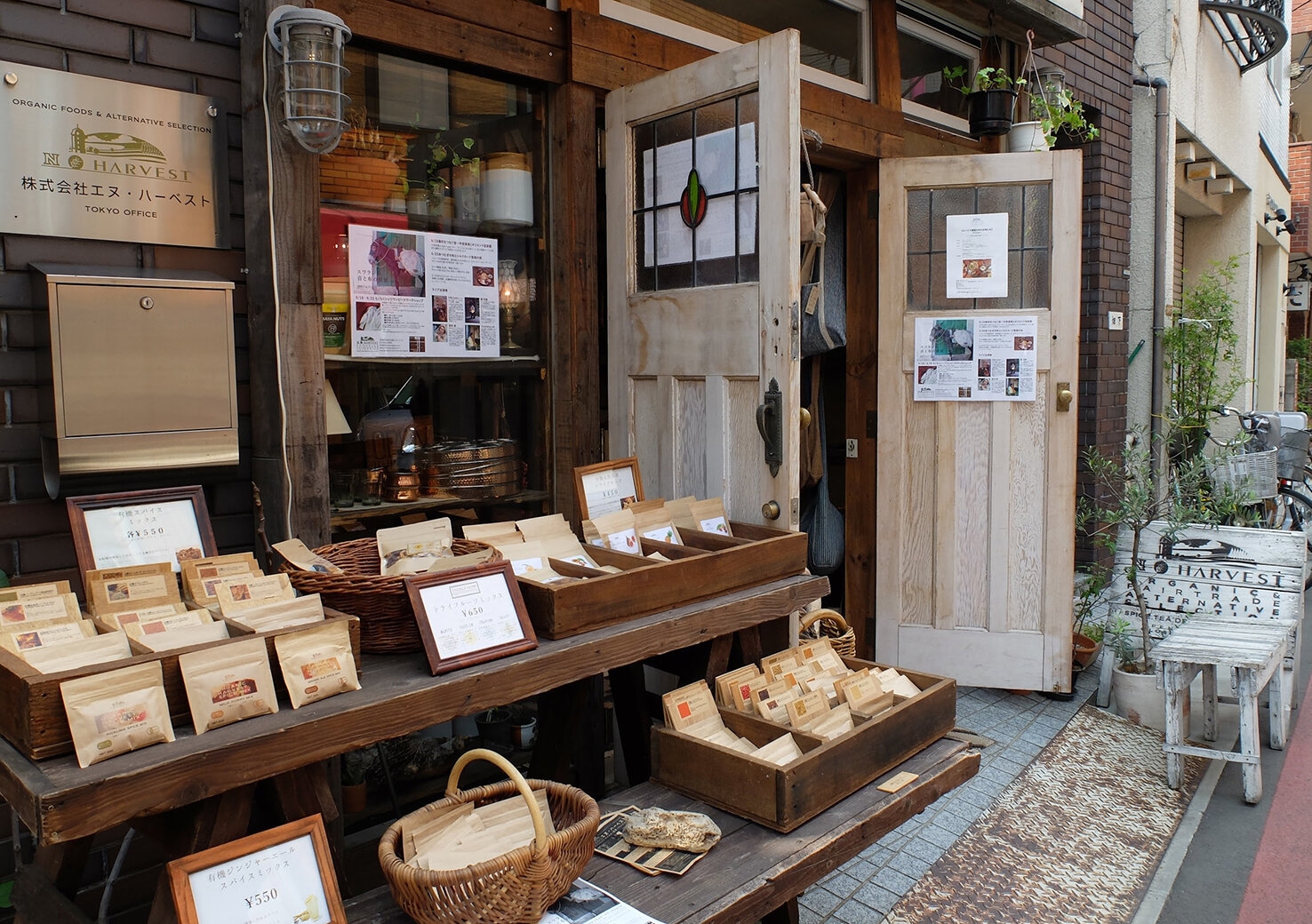
On Otome Road, you will come across an organic spice specialty shop called N.Harvest. CEO Hiroshi Suzuki, who stands for safe farm-to-table foods, imports 40 kinds of spices, black tea, and dry fruits from his friends in India, Pakistan, and Sri Lanka. Since he became deeply influenced by these cultures while traveling as a student, he has continued to revisit Hunza Valley in Pakistan and other places for a few months every year to get further inspiration from local lifestyles. At his shop, which is filled with DIY furniture, he sometimes teaches authentic recipes that he learned at local restaurants while on his travels.

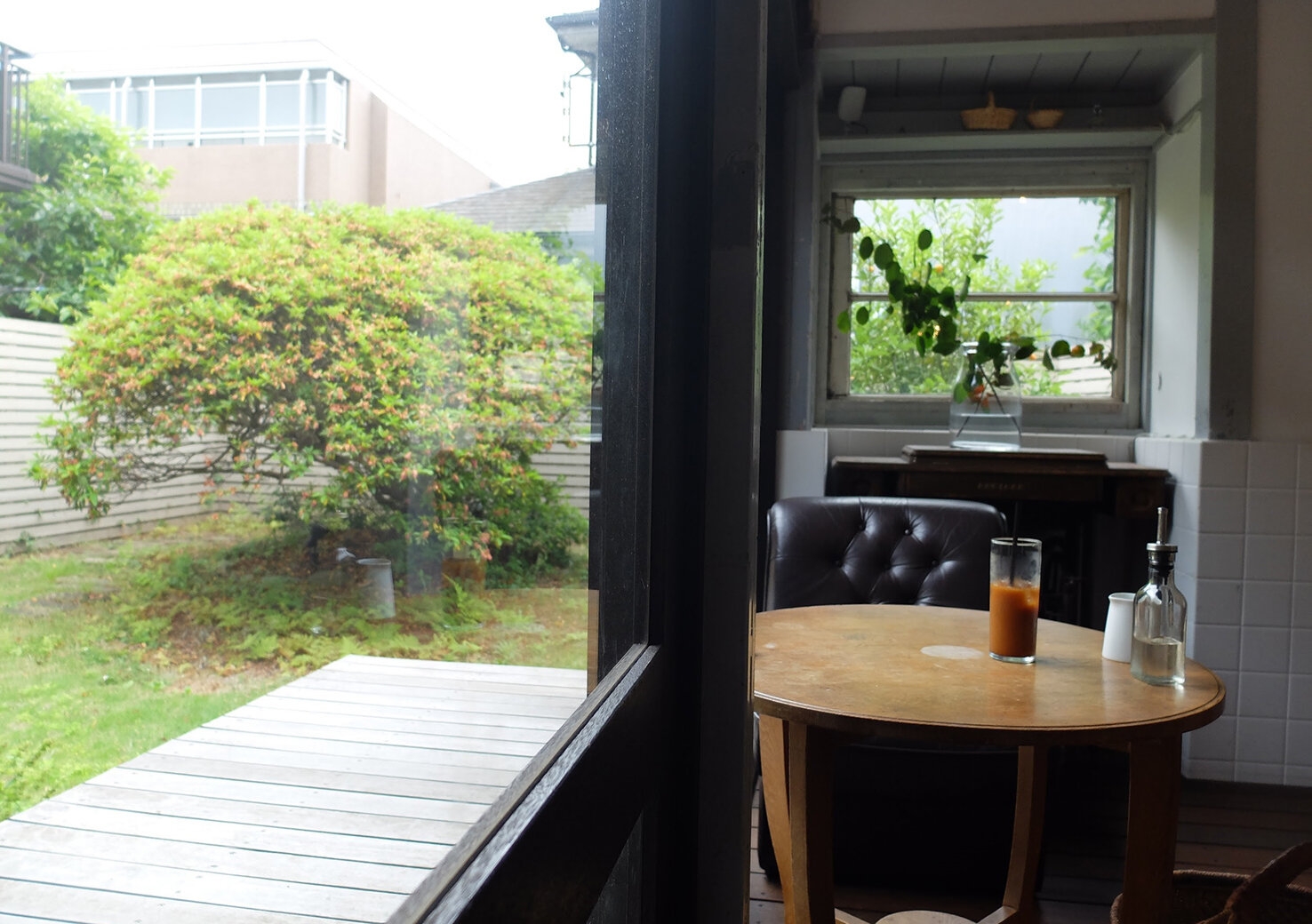
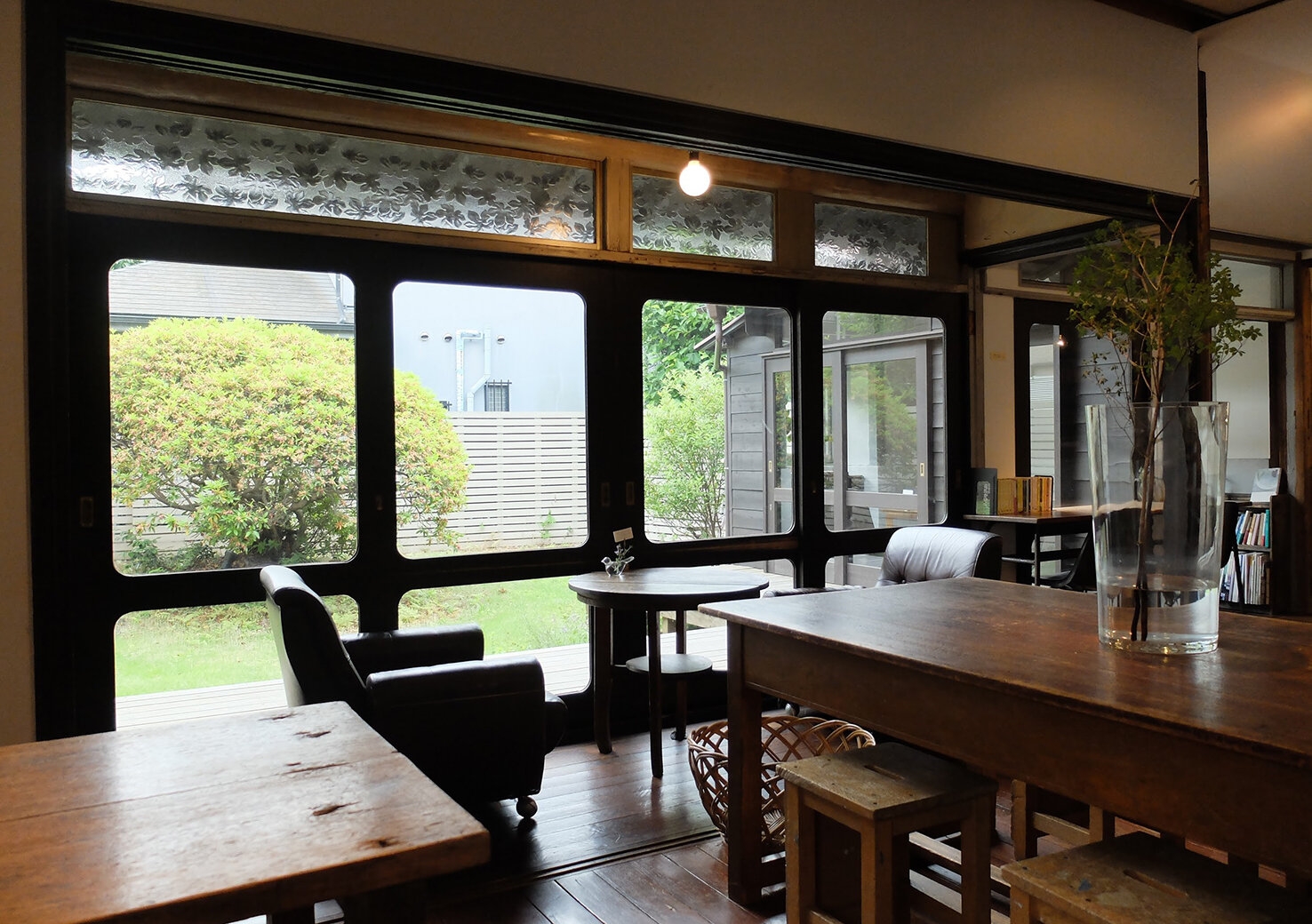
Nestled in a quiet residential area, Shoan Bunko is an 80-year-old traditional Japanese house that has been turned into a cafe. You can feel as if you've been invited to a Japanese home after taking off your shoes and putting on a pair of slippers. This building once belonged to a couple who were musicians but was later passed on to their neighbor Tomomi Okazaki who was determined to preserve it. The pillars and beams are untouched: only the floor plan was changed slightly to create a space for the cafe, shop, and event space. Visitors can sip a cup of coffee or have a healthy lunch while gazing at the 100-year-old azalea growing in the backyard. Books selected by a nearby bookstore called Title can be read on antique sofas. Many cultural workshops including yoga, aromatherapy, flower arrangement, and cooking classes are held here, too.
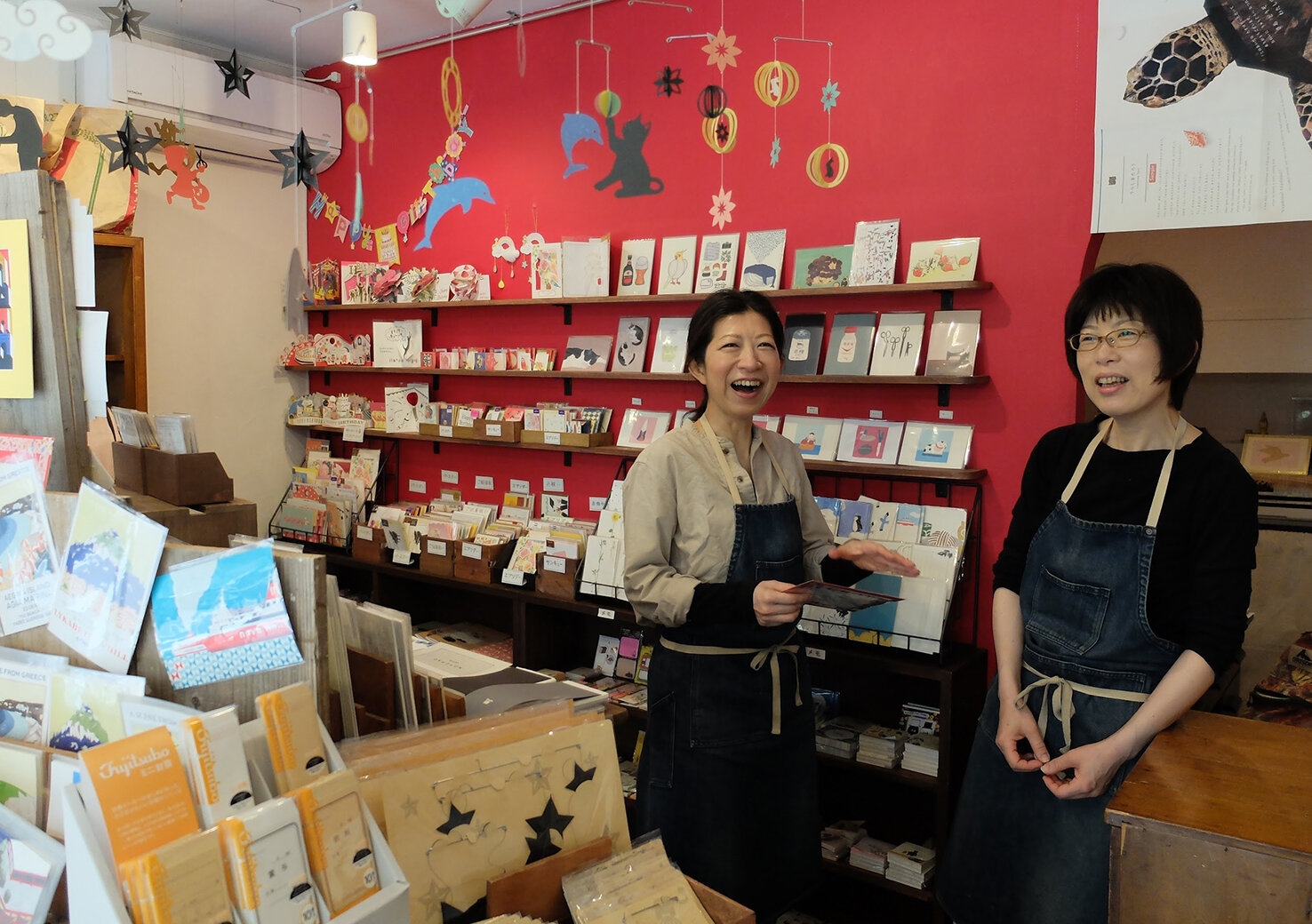
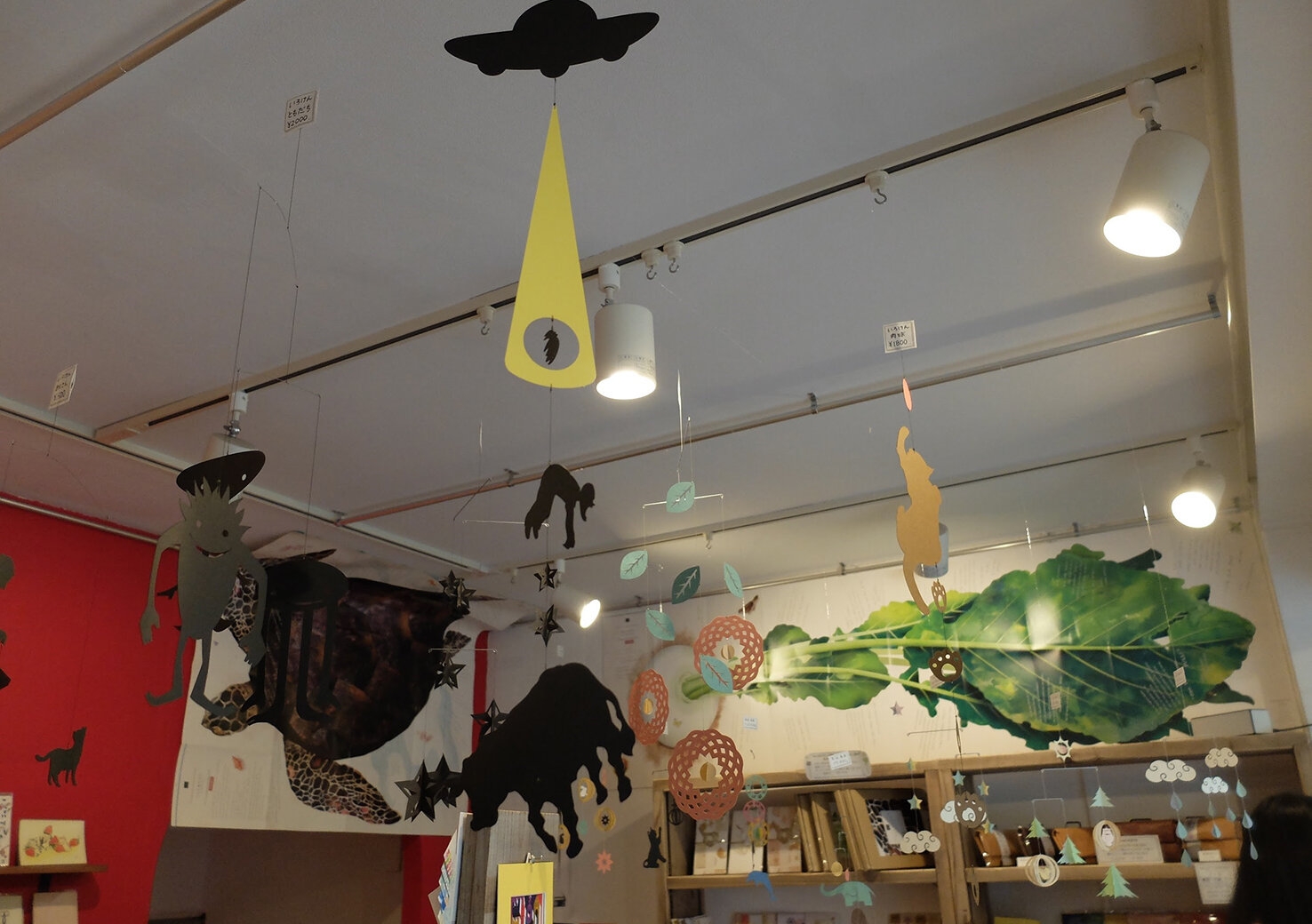
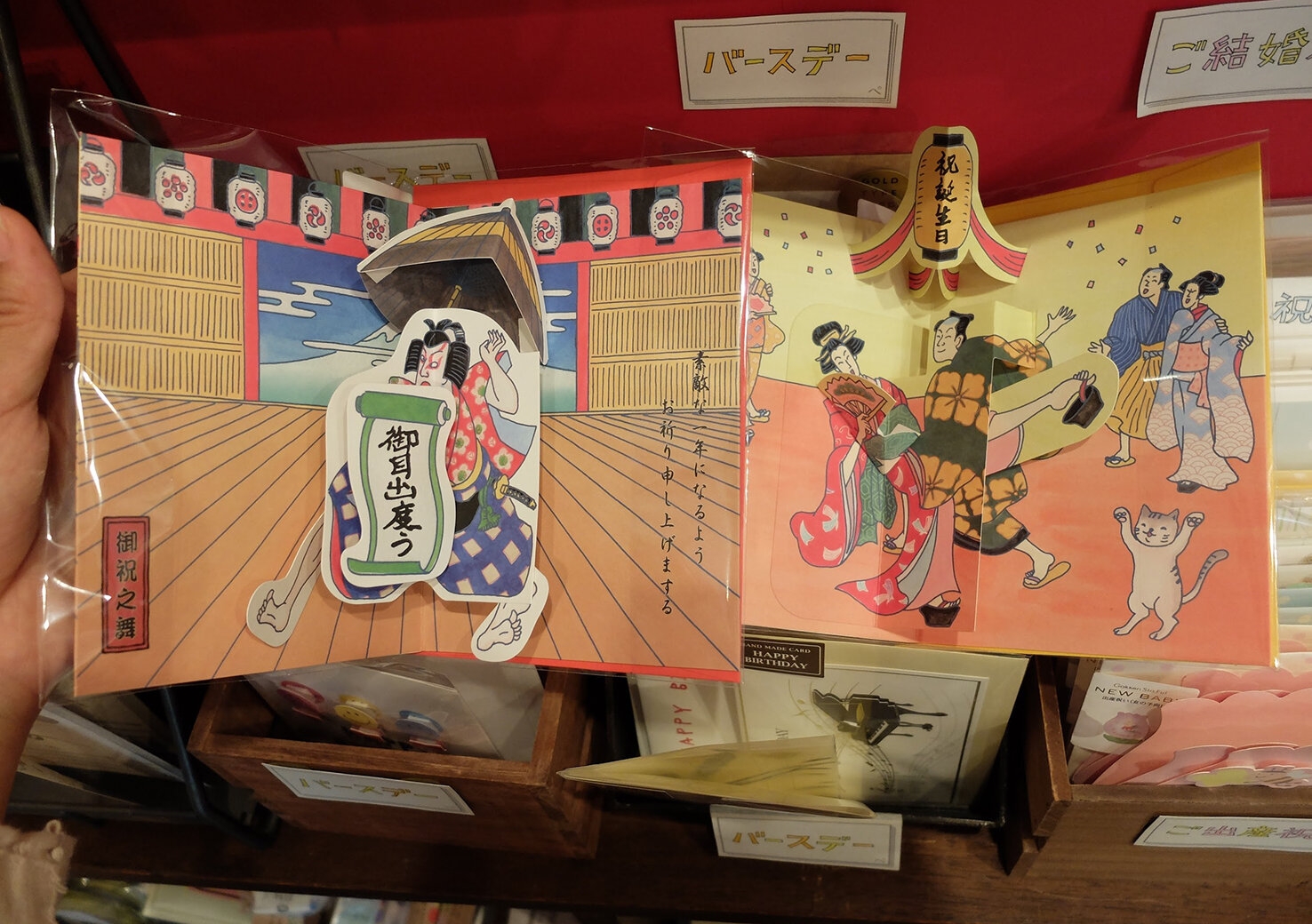
Charmed by Nishi-Ogikubo's people and community atmosphere, two sisters opened a quirky paper goods specialty shop called Pepamura in April 2015. From floor to ceiling, it is filled with a unique selection of cards, kinetic art pieces, papercraft, tote bags made from rice bags, and pop-up books. These have been selected by the sisters who have a background in the stationery retail business as well as graphic design. A set of origami papers for folding cranes that reveal national flags or pop-up cards of a kabuki actor, a geisha, and other Japanese traditional performers make great souvenir gifts because they are novel and lightweight.
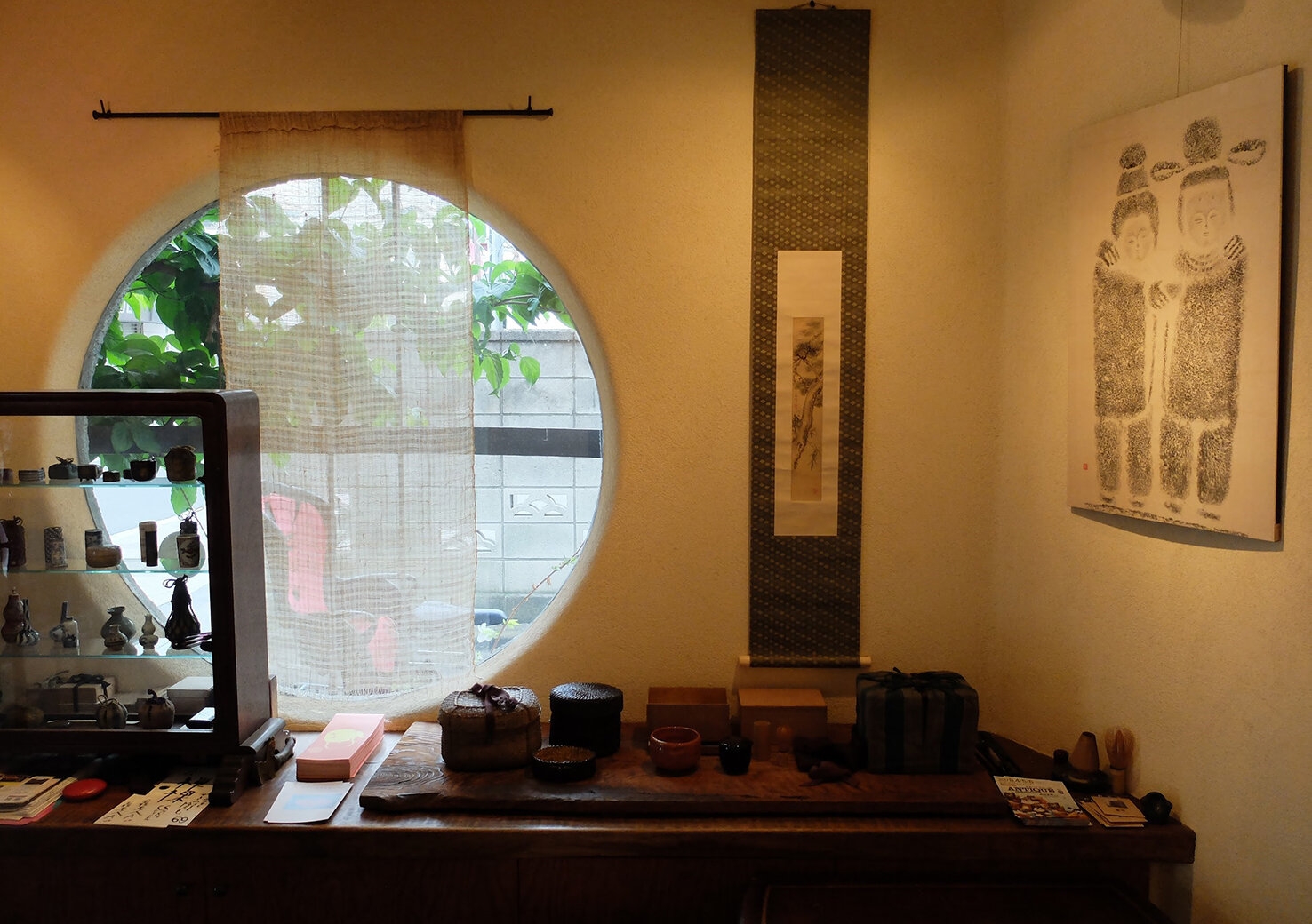
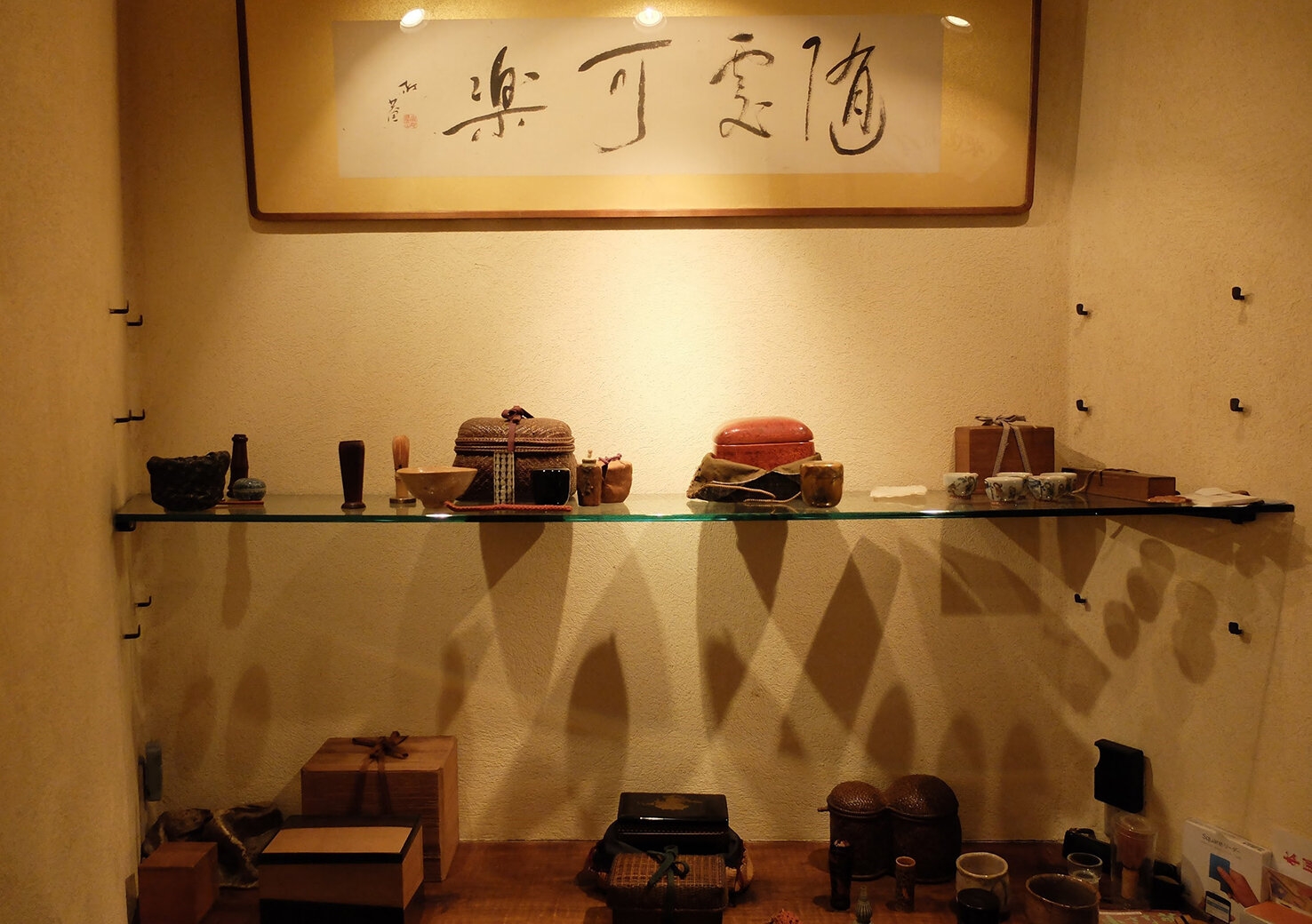
The whopping 60 curio shops scattered around the northwest area of Nishi-Ogikubo Station are hard to miss. Among them is the area's oldest antique store, Iseya Bijutsu, which was established in 1953. Next door is an exhibition space called Gallery Juan, which has been running for about 12 years. It is modest in size but carries the largest number of chabako (tea chests) in Tokyo and is visited by collectors from across the country. Chabako is a set of tea paraphernalia used for drinking tea alfresco. Some items date from the Edo Period (1603-1868) while some are contemporary. Paintings and ceramics are showcased irregularly at the gallery, and a tea room in the basement is sometimes open for drinking maccha (green tea) depending on the scale of the event.
The more you become familiar with Nishi-Ogikubo, the more you will realize that its community appreciates the connections between people while cherishing old things anew. You might find a part of Tokyo you never knew existed.
N.Harvest
3-31-17 Shoan, Suginami-ku
Telephone: 03-5941-3986
Open: 11:00-20:00
Closed: Mondays (Closed Tuesday if Monday is a holiday)
www.nharvestorganic.com
Shoan Bunko
3-12-22 Shoan, Suginami-ku
Telephone: 03-5941-3662
Open: 11:30-18:00
Closed: Mondays and Tuesdays
http://shouanbunko.com/
Pepamura
1F, 3-39-11 Shoan, Suginami-ku
Telephone: 03-5941-8346
Open: 11:00-20:00
Closed: Thursdays
http://pepamura.ten-graph.com/
Iseya Bijutsu Gallery Juan
4-5-22 Nishi-Ogikubokita, Suginami-ku
Telephone: 03-3399-2756
Open: 11:00-19:00
Closed: Sundays
http://www.iseyajuan.com/
*This article was posted on the Life in Tokyo website operated by the Tokyo International Communication Committee on July 10, 2017.
